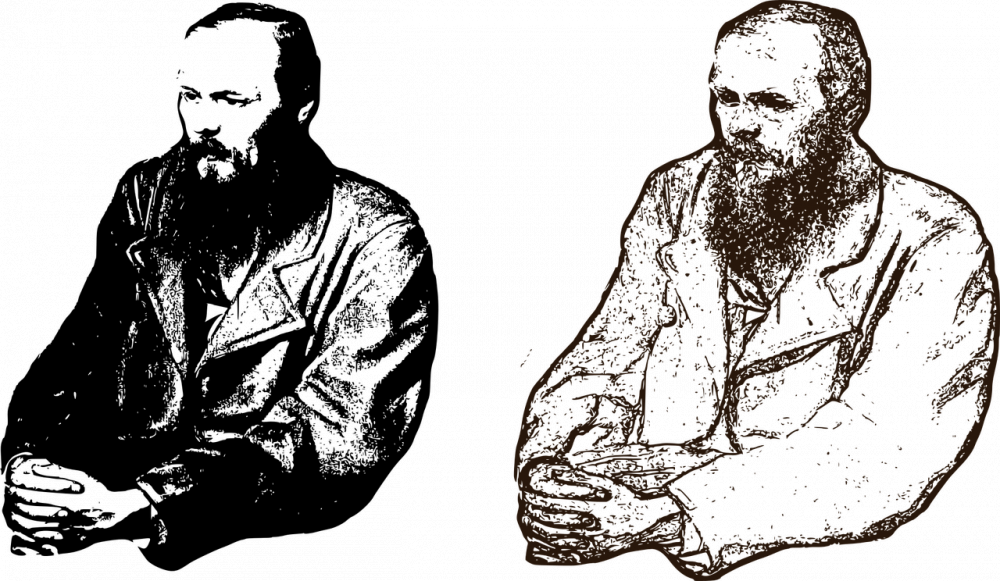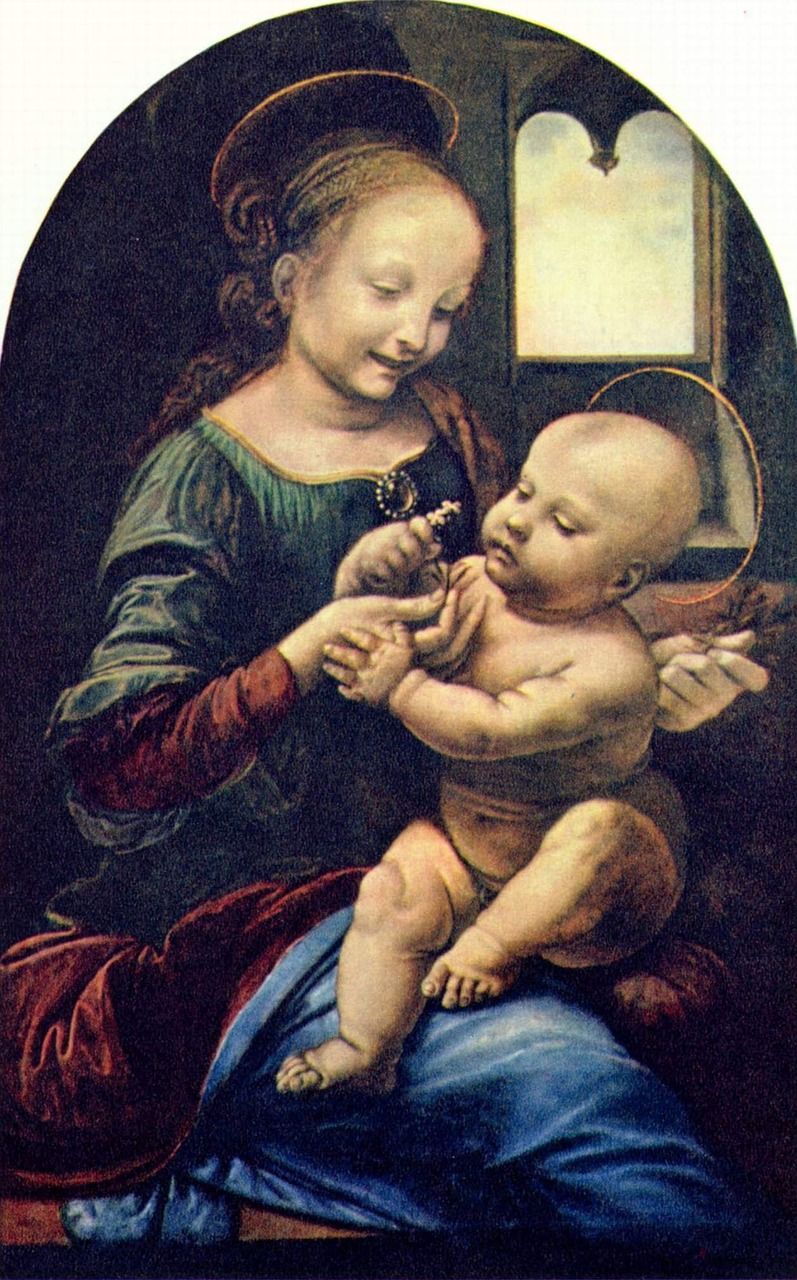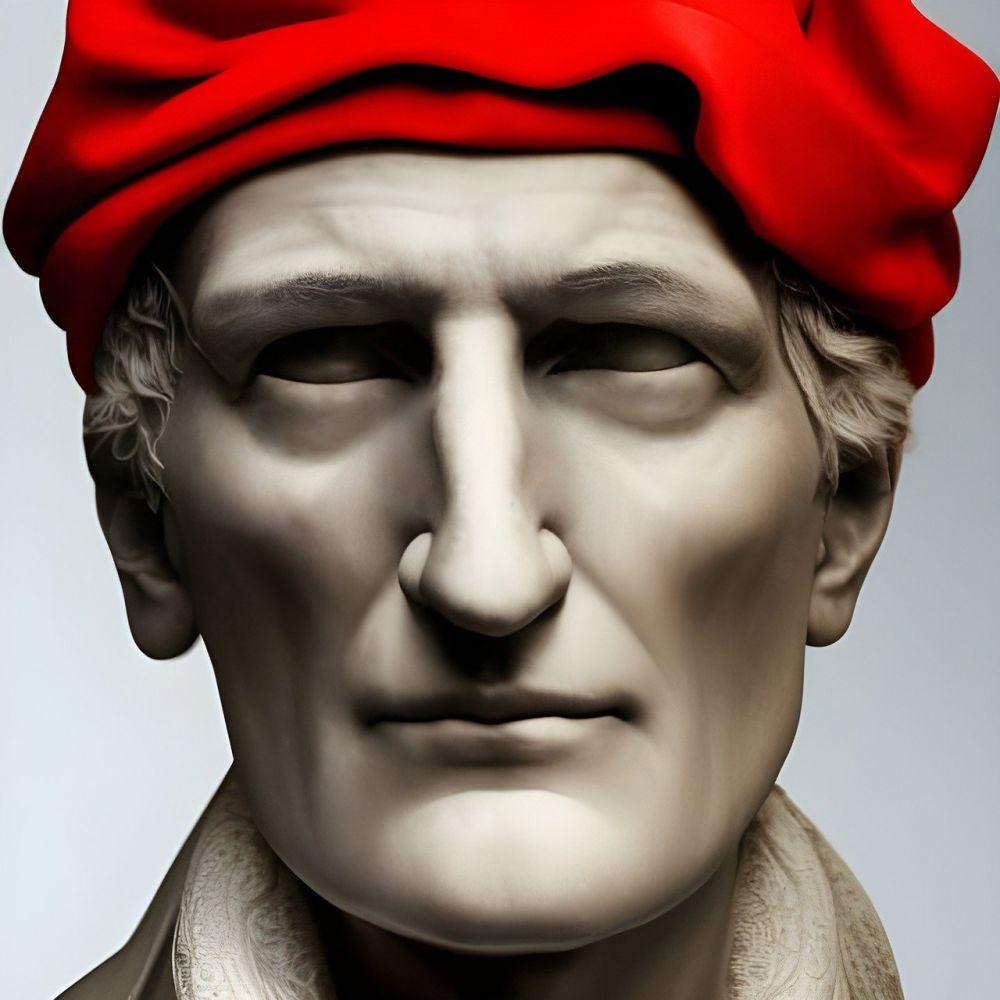The Raven by Edgar Allan Poe: A Haunting Masterpiece
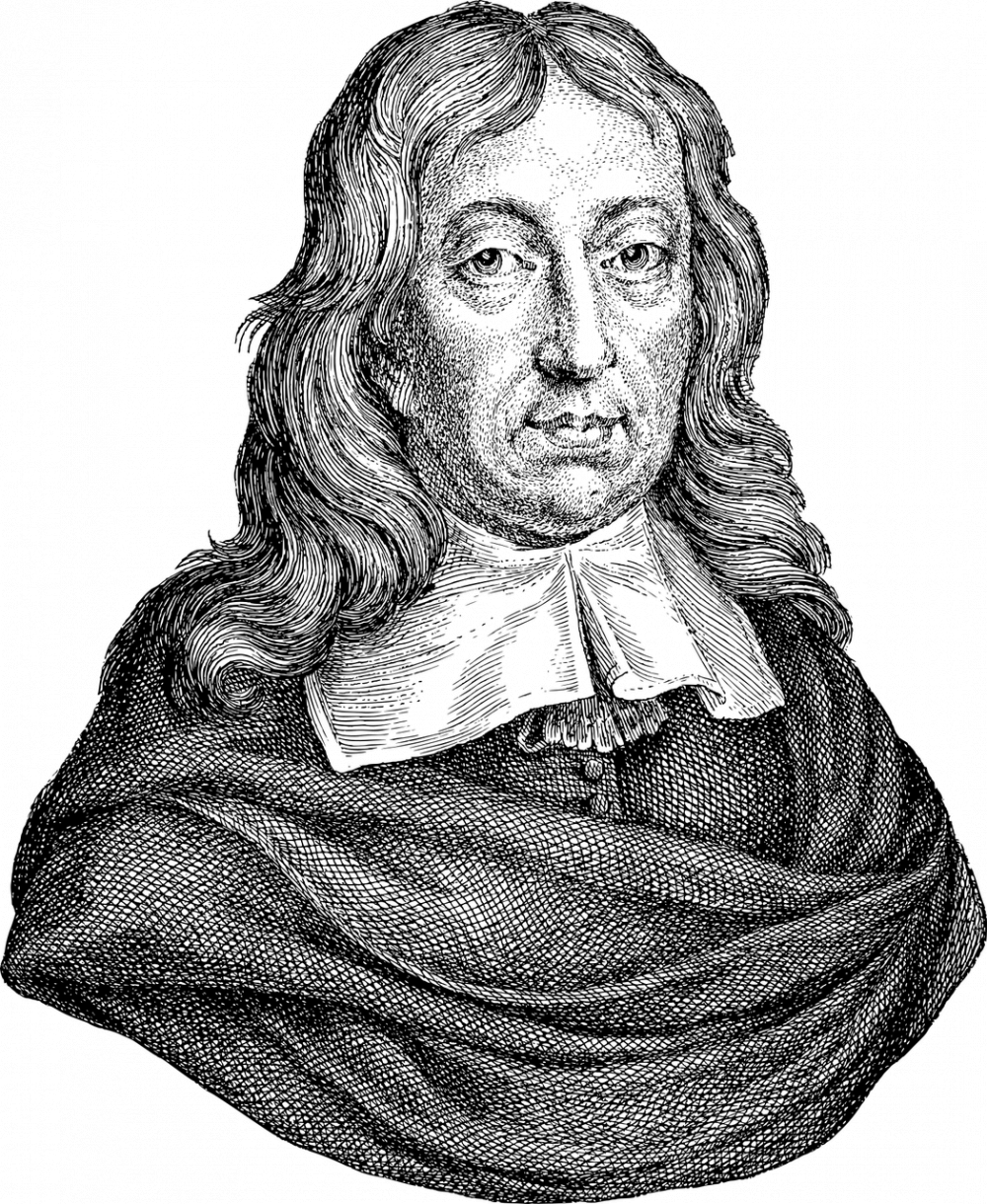
Introduction:
Edgar Allan Poe’s “The Raven” is a renowned and enigmatic poem that continues to captivate readers across generations. As one of Poe’s most famous works, it delves into the themes of grief, loss, and the human condition. This deep dive into “The Raven” aims to provide a comprehensive understanding of the poem’s significance, historical context, and evolution over time. Whether you are a seasoned Poe enthusiast or a newcomer to his works, this article will offer valuable insights into this haunting masterpiece.
1. Understanding “The Raven”:
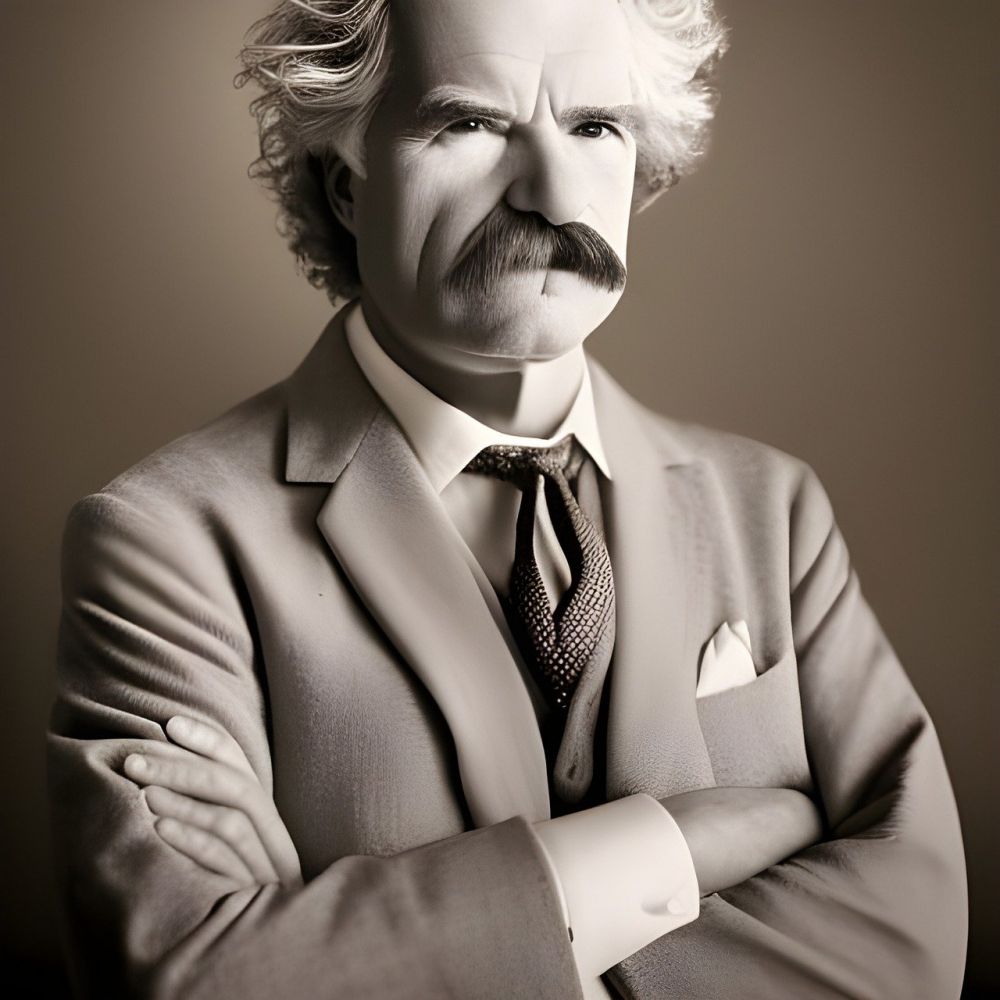
–
Synopsis: “The Raven” follows the narrator’s encounters with a talking raven, which symbolizes his descent into madness and despair. Through the narrator’s vivid descriptions and internal turmoil, Poe explores the themes of grief, loss, and the quest for meaning in a bleak world.
–
Literary Analysis: Poe’s use of metaphors, symbolism, and rhythm create a dark and melancholic atmosphere. The repetition of “nevermore” serves as both a lament and a reminder of the narrator’s perpetual sorrow.
–
Significance: “The Raven” is considered a milestone in American literature, showcasing Poe’s mastery of poetic form and exploration of the human psyche. Its popularity lies in its ability to resonate with readers, evoking emotions and inviting contemplation.
2. Historical Context:
–
Life of Edgar Allan Poe: Understanding Poe’s life and experiences sheds light on the origins of “The Raven.” From the premature loss of loved ones to his struggles with addiction and poverty, Poe’s own tragedies provided fertile ground for themes of sorrow and despair.
–
Publication and Reception: Initially published in 1845, “The Raven” earned immediate recognition for its imaginative power and lyrical beauty. Its popularity soared, and Poe’s reputation as a master of the macabre was solidified.
3. Evolution of “The Raven”:
–
Influence on Literature: “The Raven” revolutionized the poetic landscape, influencing subsequent writers with its dark themes and mixed emotions. Its impact can be seen in the works of modern writers, such as T.S. Eliot and Sylvia Plath.
–
Pop Culture Adaptations: “The Raven” has transcended the realm of literature, inspiring numerous adaptations in films, theater, music, and visual arts. From film noir classics to rock songs, its allure continues to captivate audiences worldwide.
How to Structure the Text for a Featured Snippet:
Introduction ():
–
Section 1 (H2):
–
Understanding “The Raven”
–
Synopsis
–
Literary Analysis
–
Significance
Section 2 (H2):
–
Historical Context
–
Life of Edgar Allan Poe
–
Publication and Reception
Section 3 (H2):
–
Evolution of “The Raven”
–
Influence on Literature
–
Pop Culture Adaptations
Conclusion (H2):
–
The Enduring Allure of “The Raven”
Conclusion:
“The Raven” stands as a testament to Edgar Allan Poe’s genius, serving as a haunting exploration of human emotions and the fragility of the human psyche. Its impact is timeless, transcending generations and mediums. Whether you approach “The Raven” as a literary enthusiast, a lover of the macabre, or simply a seeker of profound experiences, its allure will continue to echo through the corridors of your soul.
